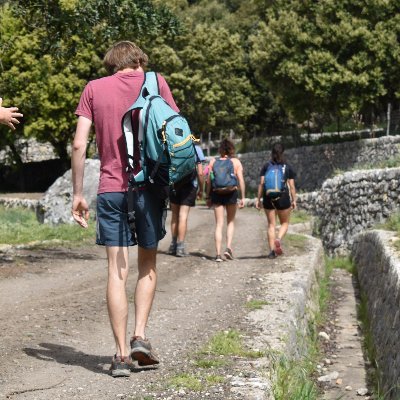Capturing the Diversity of Multilingual Societies
Published: November 30, 2021
Authors: , David Sánchez, José J. Ramasco
Cultural diversity encoded within languages of the world is at risk, as many languages have become endangered in the last decades in a context of growing globalization. To preserve this diversity, it is first necessary to understand what drives language extinction, and which mechanisms might enable coexistence. Here, we study language shift mechanisms using theoretical and data-driven perspectives. A large-scale empirical analysis of multilingual societies using Twitter and census data yields a wide diversity of spatial patterns of language coexistence. It ranges from a mixing of language speakers to segregation with multilinguals on the boundaries of disjoint linguistic domains. To understand how these different states can emerge and, especially, become stable, we propose a model in which language coexistence is reached when learning the other language is facilitated and when bilinguals favor the use of the endangered language. Simulations carried out in a metapopulation framework highlight the importance of spatial interactions arising from people mobility to explain the stability of a mixed state or the presence of a boundary between two linguistic regions. Further, we find that the history of languages is critical to understand their present state.
Citation: Louf, T., Sánchez, D., Ramasco, J.J. (2021). Capturing the diversity of multilingual societies. Physical Review Research, 3(4), 043146. doi:10.1103/PhysRevResearch.3.043146
